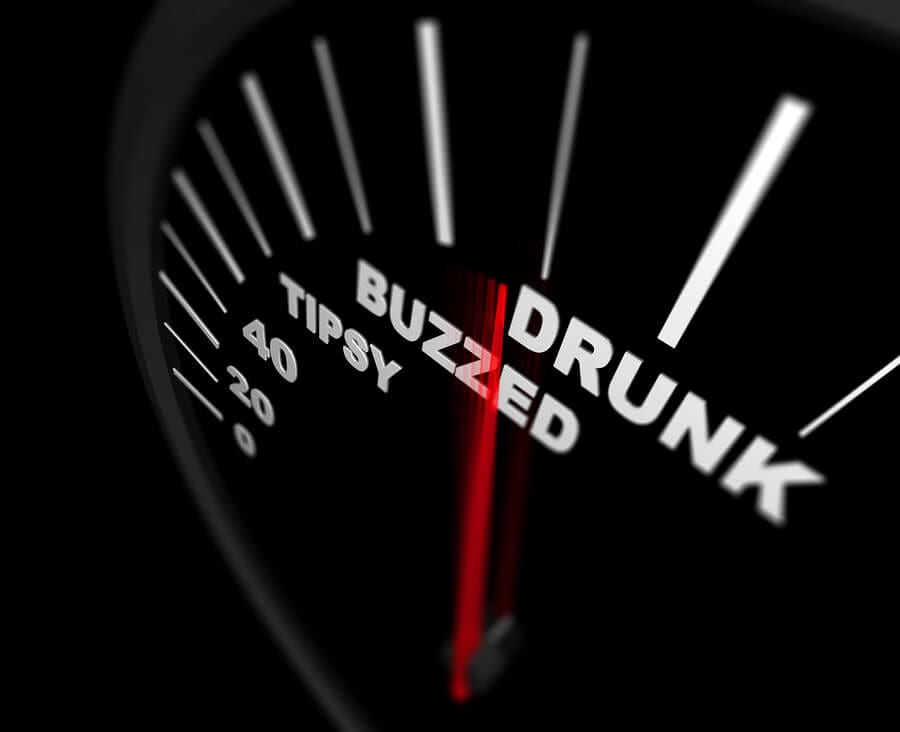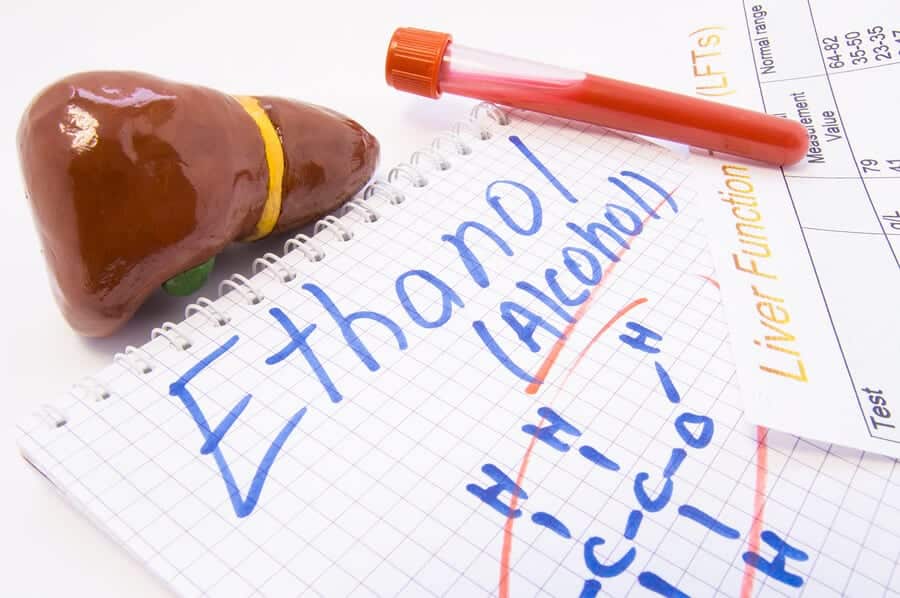
Understanding Blood Alcohol Concentration – Blood alcohol concentration (BAC) describes the level of alcohol (usually ethanol) in the bloodstream at any given time. Law enforcement frequently uses this measurement to ascertain that person is legally intoxicated.
Medical professionals also use it to calculate health risks related to alcohol poisoning. An understanding of BAC necessitates an understanding of the characteristics of ethanol and how it affects the body as levels continue to increase.
Ethyl Alcohol Basics
Ethyl alcohol (ethanol) is derived from a chemical process known as fermentation, which occurs when sugar contained in various types of grains, fruit, honey, or other substances get broken down by microorganisms called yeasts. Alcohol is a waste byproduct created by yeasts during the breakdown of sugar.
There are four main kinds of alcoholic beverages derived from the fermentation process: beer, malt liquor, wine, and distilled liquor. A number of other drinks have evolved in recent years that also include hard seltzer water and cider but usually fall into the category of beer.
Each fermentation method produces ethyl alcohol at a different rate, meaning that means that each type of alcoholic beverage has a different average alcohol content. As an overall comparison of alcohol content, scientists use a measurement referred to as a “standard drink,” which equals about 0.6 oz. of ethyl alcohol.
Beer has the lowest alcohol content by volume (ABV) with 0.6 oz. in a 12 oz. serving. Malt liquor contains 0.6 oz. of ethyl alcohol per 8 oz serving, while wine contains 0.6 oz. of alcohol per 5 oz. serving. Distilled spirits such as rum or vodka that are 80-proof contain 0.6 oz. of alcohol in each 1.5 oz. serving.
These numbers equate to an ABV percentage of about 5% for beer, 12% for wine, and 40% for liquor, but this can vary widely. For example, very light beers can contain as little as 2.5-3% ABV, and it’s not uncommon for modern craft beers to contain as much as 8% alcohol or more. Some foreign specialty beers can contain up to 65% ABV. Realistically, wine can vary anywhere between 5-20% alcohol.
It’s important to realize that the high ABV of some of these alcohols is a better determining factor of a “standard drink” in related to its potential for intoxication than referring to them as “one serving” of beer or wine. Moreover, if you drink an entire 12 oz. beer at 65% ABV, that is roughly the equivalent of eight 1.5 oz. shots of liquor, not one.
Intoxication and Blood Alcohol Concentration
Although we don’t always think of it this way, alcohol consumption is actually a form of poisoning. The body confronts this poisoning by passing the ethanol in your bloodstream to your liver. This organ then gradually metabolizes the alcohol, rendering it nearly harmless.
However, the liver can only process what researchers call one standard drink per hour, and if a person consumes more, this will start to overwhelm its efficient but somewhat limited abilities. Intoxication occurs when the liver cannot process the alcohol as fast as it’s being consumed. Essentially, it backs up, and alcohol begins collecting in the bloodstream.

BAC and Effects
Blood alcohol concentration is measured by the weight of ethanol contained in a given volume of blood.
A BAC of .02-.04% may induce mild relaxation and lightheadedness.
At .06%, effects can include increase relaxation, mild euphoria, increased sociability and talkativeness, and some degree of judgment impairment.
A BAC of .08% is the standard for legal intoxication in all fifty states. This level is typically reached by drinking two standard drinks in two hours. Typical depressant effects of this level include clear impairment of judgment and muscle coordination, as well as impaired vision, hearing, and self-control.
A BAC from .10-.20% reveals increasing degrees of intoxication accompanied by increasingly impaired muscle function, balance, judgment, and memory.
As BAC nears or surpasses .20%, the truly toxic nature of ethanol begins to reveal itself. Effects associated with this level of intoxication include vomiting, blacking out, and decreased pain sensations resulting in a failure to notice or respond to injuries.
When BAC reaches .30%, passing out is common, and it may be difficult to arouse someone who has reached this point. A person with this much alcohol in their system can die from alcohol poisoning.
When BAC climbs to .35%, the affected person may stop breathing entirely. Percentages of 0.40% or higher commonly result in coma and death. However, some individuals have been reported to survive BACs much higher, presumably due to unique factors.
Symptoms of Acute Alcohol Poisoning
Being able to recognize the symptoms of alcohol poisoning is critical. If someone you know is experiencing this condition, they will be in no condition to help themselves and could die or incur severe injuries and complications as a result.
Warning signs include the following:
- Confusion
- Profoundly impaired coordination
- Vomiting
- Seizures
- Irregular, shallow breathing
- Blue-tinged or pale skin
- Low body temperature
- Stupor
- Unconsciousness
Acute alcohol poisoning is a life-threatening medical emergency. If you suspect a person is suffering from alcohol poisoning, do not assume they will “sleep it off.” Call 911 immediately or visit the nearest emergency room as soon as possible.
In the meantime, do not try to make the person walk around (risk of falling) or put them in a cold shower (risk of hypothermia). Do not attempt to make him or her vomit or offer them food (risk of choking). Do not offer the person caffeinated beverages (risk of further dehydration).
Instead, try to keep the person conscious if you can. If he or she is unconscious, keep them sitting up or lay them on their side to ensure they do not choke on their own vomit, which is common due to alcohol’s ability to impair the gag reflex.

Factors that Affect BAC
In addition to the sheer amount of alcohol consumed and the speed at which it was consumed, several other factors can influence a person’s BAC. These include sex (male or female), weight, and the amount and type of food in the stomach.
In general, females produce a higher BAC than males for any given level or rate of alcohol use. Part of this equation is body fat, not one’s overall size. The presence of fat allows alcohol easier access to the bloodstream, and people with higher body fat levels tend to get intoxicated more quickly than some others with less fat. Women typically have more body fat than men.
Also, alcohol consumption being roughly equal, people with a relatively low body weight will typically incur higher BAC levels than those with higher body weights. The presence of food in the stomach tends to keep a person’s BAC lower by delaying the entry of alcohol into the bloodstream. Fatty foods and protein, in particular, help to hinder alcohol absorption.
One misconception is that a person’s tolerance may affect their BAC level. However, this is not the case. Instead, among those with a high tolerance, the liver does tend to become more efficient at metabolizing alcohol, meaning that it may take more alcohol to induce the outward signs of intoxication.
Treatment for Alcoholism
Chronic or excessive drinking can result in devastating consequences and wreak havoc on a person’s health and well-being. Those who engage in problematic drinking behaviors, such as binge-drinking or drinking every day, should seek professional treatment before the situation gets worse.
Harmony Recovery Center offers specialized addiction treatment in both partial-hospitalization and outpatient formats, comprised of evidence-based approaches proven vital to the process of recovery. These services include psychotherapy, counseling, group support, aftercare planning, and more.
If you or someone you love is suffering from an addiction to alcohol or other drugs, please contact us today to find out how we can help!
Related: Am I an Alcoholic?